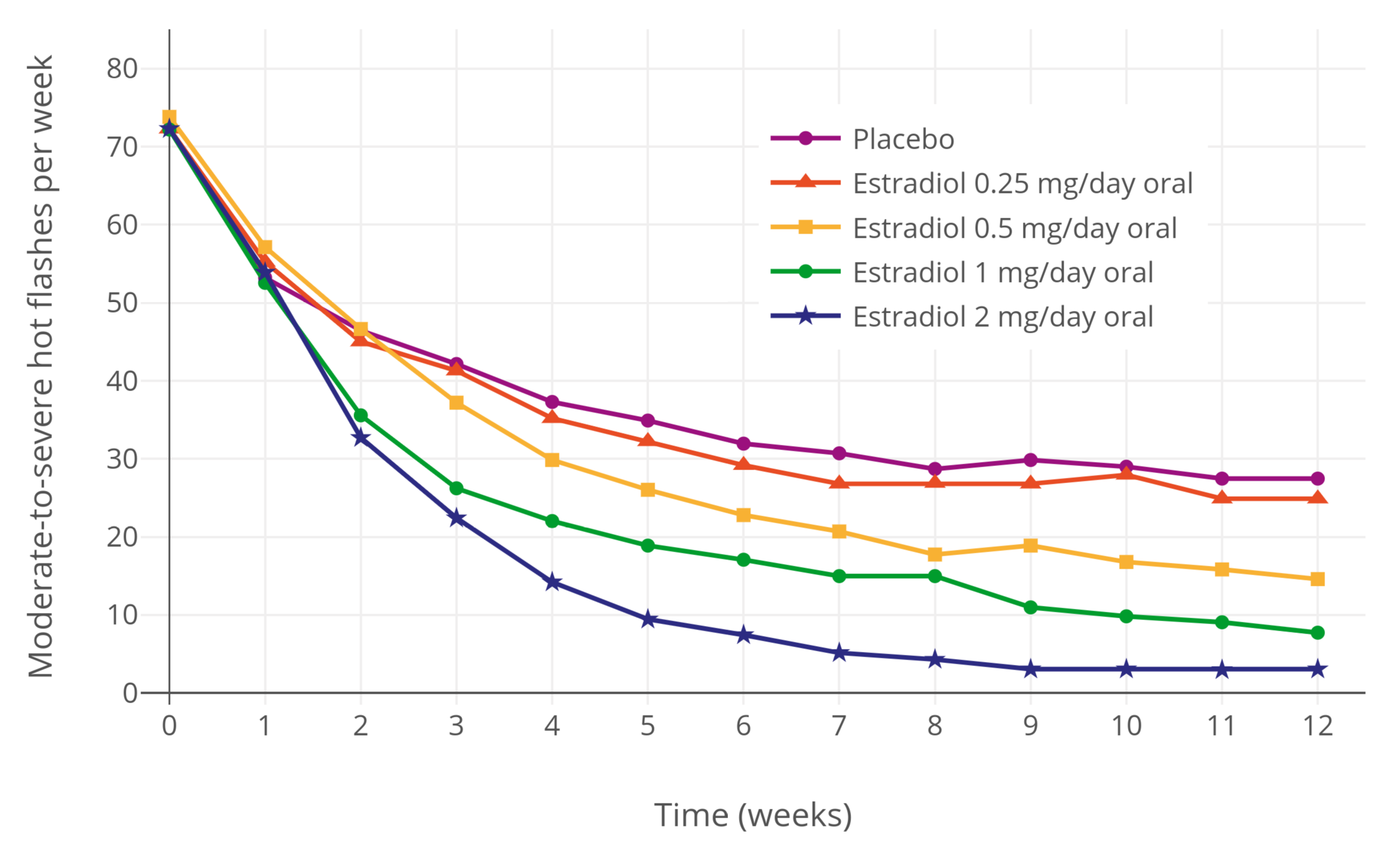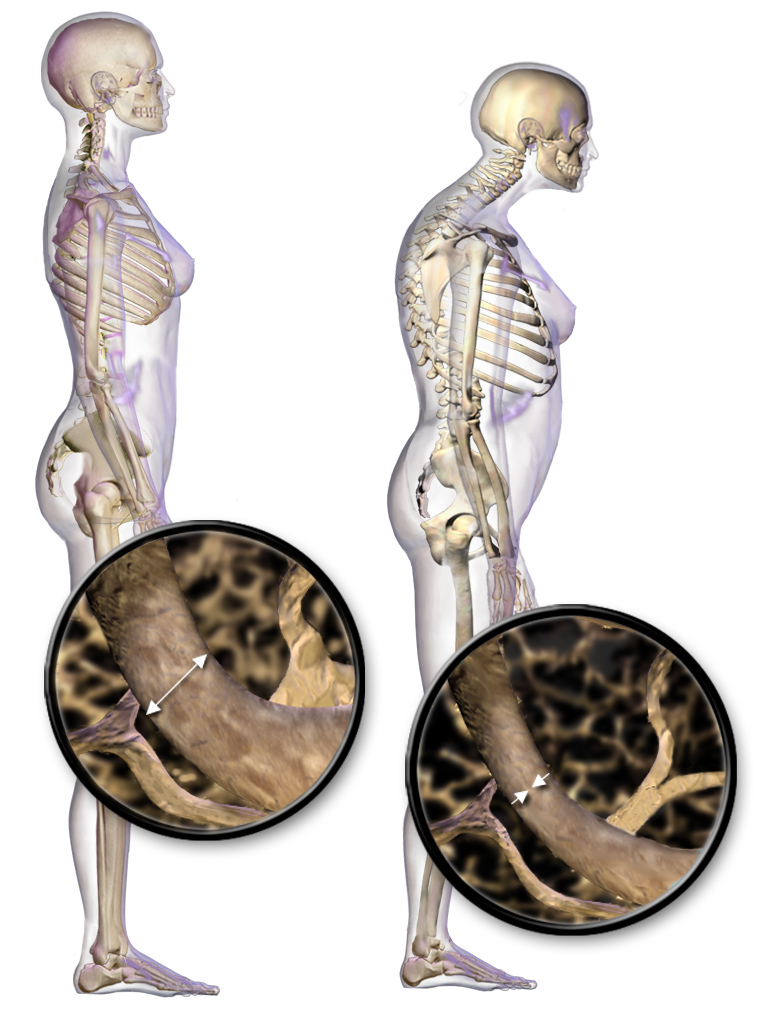|
Trophobolene
Estrapronicate/hydroxyprogesterone heptanoate/nandrolone undecanoate (EPC/OHPH/NU), tentative brand name Trophobolene or Trophoboline, is an injectable combination medication of estrapronicate (EPC; estradiol nicotinate propionate), an estrogen, hydroxyprogesterone heptanoate (OHPH), a progestogen, and nandrolone undecanoate (NU), an androgen/anabolic steroid, which was never marketed. It contained 1.3 mg EPC, 80 mg OHPH, and 50 mg NU in oil solution and was administered by intramuscular injection. The medication was developed by Théramex in the mid-to-late 1960s. It was studied for use for a variety of indications, including treatment of coronary insufficiency, growth deficiency, and osteoporosis, as well as hormonal disorders in gonadotropin deficiency. In contrast to other anabolic steroid-containing preparations, EPC/OHPH/NU reportedly had no masculinizing effects, and its estrogenic component likewise reportedly had no feminizing effects. The nicotini ... [...More Info...] [...Related Items...] OR: [Wikipedia] [Google] [Baidu] |
List Of Combined Sex-hormonal Preparations
This is a list of known combined sex-hormonal formulations. Brand names and developmental code names are in parentheses. Androgens Injection Marketed * Nandrolone decanoate/nandrolone phenylpropionate (Dinandrol) * Testosterone propionate/testosterone isocaproate/testosterone caproate (Androteston PP) * Testosterone propionate/testosterone enanthate/testosterone undecylenate (Durasteron) * Testosterone propionate/testosterone enanthate (Testoviron Depot) * Testosterone propionate/testosterone ketolaurate (Testosid Depot) * Testosterone propionate/testosterone phenylpropionate/testosterone isocaproate (Sustanon 100) * Testosterone propionate/testosterone phenylpropionate/testosterone isocaproate/testosterone caproate (Omnadren 250) * Testosterone propionate/testosterone phenylpropionate/testosterone isocaproate/testosterone decanoate (Sustanon 250) * Testosterone propionate/testosterone valerate/testosterone undecylenate (Triolandren) * Testosterone propionate/testoster ... [...More Info...] [...Related Items...] OR: [Wikipedia] [Google] [Baidu] |
Estrapronicate
Estrapronicate (), also known as estradiol nicotinate propionate is an estrogen medication and estrogen ester which was never marketed. It was studied as a component of the experimental tristeroid combination drug Trophobolene, which contained nandrolone decanoate, estrapronicate, and hydroxyprogesterone heptanoate. See also * List of estrogen esters § Estradiol esters * Estrapronicate/hydroxyprogesterone heptanoate/nandrolone undecanoate Estrapronicate/hydroxyprogesterone heptanoate/nandrolone undecanoate (EPC/OHPH/NU), tentative brand name Trophobolene or Trophoboline, is an injectable combination medication of estrapronicate (EPC; estradiol nicotinate propionate), an estrogen, ... References Abandoned drugs Estradiol esters Estranes Nicotinate esters Synthetic estrogens {{Steroid-stub ... [...More Info...] [...Related Items...] OR: [Wikipedia] [Google] [Baidu] |
Hydroxyprogesterone Heptanoate
Hydroxyprogesterone heptanoate (OHPH), also known as hydroxyprogesterone enanthate (OHPE) and sold under the brand names H.O.P., Lutogil A.P., and Lutogyl A.P. among others, is a progestin medication used for progestogenic indications. It has been formulated both alone and in together with estrogens, androgens/anabolic steroids, and other progestogens in several combination preparations (brand names Tocogestan, Trioestrine Retard, and Triormon Depositum). OHPH is given by injection into muscle at regular intervals. OHPH is a progestin, or a synthetic progestogen, and hence is an agonist of the progesterone receptor, the biological target of progestogens like progesterone. It appears to have similar pharmacology to that of the closely related medication hydroxyprogesterone caproate (OHPC). OHPH was first described by 1954 and was introduced for medical use by 1957. It has been used clinically in France and Monaco in the past but is no longer marketed. Medical uses OHPH ... [...More Info...] [...Related Items...] OR: [Wikipedia] [Google] [Baidu] |
Nandrolone Undecanoate
Nandrolone undecanoate (NU), also known as nandrolone undecylate, and sold under the brand names Dynabolon, Dynabolin, and Psychobolan, is an androgen and anabolic steroid medication and a nandrolone ester. It was developed in the 1960s, and was previously marketed in France, Germany, Italy, and Monaco, but has since been discontinued and is now no longer known to be available. The pharmacokinetics of nandrolone undecanoate alone (Dynabolon) and in combination with other steroid ester A steroid ester is an ester of a steroid. They include androgen esters, estrogen esters, progestogen esters, and corticosteroid esters. Steroid esters may be naturally occurring/endogenous like DHEA sulfate or synthetic like estradiol valerate. E ...s ( Trophobolene) have been studied and compared. See also * List of androgen esters § Nandrolone esters * Estrapronicate/hydroxyprogesterone heptanoate/nandrolone undecanoate References Abandoned drugs Androgens and anabolic steroids ... [...More Info...] [...Related Items...] OR: [Wikipedia] [Google] [Baidu] |
Estrogen (medication)
An estrogen (E) is a type of medication which is used most commonly in hormonal birth control and menopausal hormone therapy, and as part of feminizing hormone therapy for transgender women. They can also be used in the treatment of hormone-sensitive cancers like breast cancer and prostate cancer and for various other indications. Estrogens are used alone or in combination with progestogens. They are available in a wide variety of formulations and for use by many different routes of administration. Examples of estrogens include bioidentical estradiol, natural conjugated estrogens, synthetic steroidal estrogens like ethinylestradiol, and synthetic nonsteroidal estrogens like diethylstilbestrol. Estrogens are one of three types of sex hormone agonists, the others being androgens/ anabolic steroids like testosterone and progestogens like progesterone. Side effects of estrogens include breast tenderness, breast enlargement, headache, nausea, fluid retention, and e ... [...More Info...] [...Related Items...] OR: [Wikipedia] [Google] [Baidu] |
Osteoporosis
Osteoporosis is a systemic skeletal disorder characterized by low bone mass, micro-architectural deterioration of bone tissue leading to bone fragility, and consequent increase in Bone fracture, fracture risk. It is the most common reason for a broken bone among the Old age, elderly. Bones that commonly break include the vertebrae in the Vertebral column, spine, the bones of the forearm, and the hip. Until a broken bone occurs there are typically no symptoms. Bones may weaken to such a degree that a break may occur with minor stress or spontaneously. After the broken bone heals, the person may have chronic pain and a decreased ability to carry out normal activities. Osteoporosis may be due to lower-than-normal peak bone mass, maximum bone mass and greater-than-normal bone loss. Bone loss increases postmenopause, after the menopause due to lower levels of estrogen, and after 'andropause' due to lower levels of testosterone. Osteoporosis may also occur due to a number of diseases ... [...More Info...] [...Related Items...] OR: [Wikipedia] [Google] [Baidu] |
Pharmacodynamics
Pharmacodynamics (PD) is the study of the biochemical and physiologic effects of drugs (especially pharmaceutical drugs). The effects can include those manifested within animals (including humans), microorganisms, or combinations of organisms (for example, infection). Pharmacodynamics and pharmacokinetics are the main branches of pharmacology, being itself a topic of biology interested in the study of the interactions between both endogenous and exogenous chemical substances with living organisms. In particular, pharmacodynamics is the study of how a drug affects an organism, whereas pharmacokinetics is the study of how the organism affects the drug. Both together influence dosing, benefit, and adverse effects. Pharmacodynamics is sometimes abbreviated as PD and pharmacokinetics as PK, especially in combined reference (for example, when speaking of PK/PD models). Pharmacodynamics places particular emphasis on dose–response relationships, that is, the relationships betwee ... [...More Info...] [...Related Items...] OR: [Wikipedia] [Google] [Baidu] |
Medicine
Medicine is the science and Praxis (process), practice of caring for a patient, managing the diagnosis, prognosis, Preventive medicine, prevention, therapy, treatment, Palliative care, palliation of their injury or disease, and Health promotion, promoting their health. Medicine encompasses a variety of health care practices evolved to maintain and restore health by the prevention (medical), prevention and therapy, treatment of illness. Contemporary medicine applies biomedical sciences, biomedical research, medical genetics, genetics, and medical technology to diagnosis (medical), diagnose, treat, and prevent injury and disease, typically through pharmaceuticals or surgery, but also through therapies as diverse as psychotherapy, splint (medicine), external splints and traction, medical devices, biologic medical product, biologics, and Radiation (medicine), ionizing radiation, amongst others. Medicine has been practiced since Prehistoric medicine, prehistoric times, and for most o ... [...More Info...] [...Related Items...] OR: [Wikipedia] [Google] [Baidu] |
Pharmacokinetics
Pharmacokinetics (from Ancient Greek ''pharmakon'' "drug" and ''kinetikos'' "moving, putting in motion"; see chemical kinetics), sometimes abbreviated as PK, is a branch of pharmacology dedicated to determining the fate of substances administered to a living organism. The substances of interest include any chemical xenobiotic such as: pharmaceutical drugs, pesticides, food additives, cosmetics, etc. It attempts to analyze chemical metabolism and to discover the fate of a chemical from the moment that it is administered up to the point at which it is completely eliminated from the body. Pharmacokinetics is the study of how an organism affects a drug, whereas pharmacodynamics (PD) is the study of how the drug affects the organism. Both together influence dosing, benefit, and adverse effects, as seen in PK/PD models. Overview Pharmacokinetics describes how the body affects a specific xenobiotic/chemical after administration through the mechanisms of absorption and distribut ... [...More Info...] [...Related Items...] OR: [Wikipedia] [Google] [Baidu] |
Antiadipose
Weight loss, in the context of medicine, health, or physical fitness, refers to a reduction of the total body mass, by a mean loss of fluid, body fat (adipose tissue), or lean mass (namely bone mineral deposits, muscle, tendon, and other connective tissue). Weight loss can either occur unintentionally because of malnourishment or an underlying disease, or from a conscious effort to improve an actual or perceived overweight or obese state. "Unexplained" weight loss that is not caused by reduction in calorific intake or exercise is called cachexia and may be a symptom of a serious medical condition. Intentional Intentional weight loss is the loss of total body mass as a result of efforts to improve fitness and health, or to change appearance through slimming. Weight loss is the main treatment for obesity, and there is substantial evidence this can prevent progression from prediabetes to type 2 diabetes with a 7-10% weight loss and manage cardiometabolic health for diabetic ... [...More Info...] [...Related Items...] OR: [Wikipedia] [Google] [Baidu] |
Nutrient
A nutrient is a substance used by an organism to survive, grow, and reproduce. The requirement for dietary nutrient intake applies to animals, plants, fungi, and protists. Nutrients can be incorporated into cells for metabolic purposes or excreted by cells to create non-cellular structures, such as hair, scales, feathers, or exoskeletons. Some nutrients can be metabolically converted to smaller molecules in the process of releasing energy, such as for carbohydrates, lipids, proteins, and fermentation products (ethanol or vinegar), leading to end-products of water and carbon dioxide. All organisms require water. Essential nutrients for animals are the energy sources, some of the amino acids that are combined to create proteins, a subset of fatty acids, vitamins and certain minerals. Plants require more diverse minerals absorbed through roots, plus carbon dioxide and oxygen absorbed through leaves. Fungi live on dead or living organic matter and meet nutrient needs from thei ... [...More Info...] [...Related Items...] OR: [Wikipedia] [Google] [Baidu] |
Nicotinic Acid
Niacin, also known as nicotinic acid, is an organic compound and a form of vitamin B3, an essential human nutrient. It can be manufactured by plants and animals from the amino acid tryptophan. Niacin is obtained in the diet from a variety of whole and processed foods, with highest contents in fortified packaged foods, meat, poultry, red fish such as tuna and salmon, lesser amounts in nuts, legumes and seeds. Niacin as a dietary supplement is used to treat pellagra, a disease caused by niacin deficiency. Signs and symptoms of pellagra include skin and mouth lesions, anemia, headaches, and tiredness. Many countries mandate its addition to wheat flour or other food grains, thereby reducing the risk of pellagra. The amide derivative nicotinamide (niacinamide) is a component of the coenzymes nicotinamide adenine dinucleotide (NAD) and nicotinamide adenine dinucleotide phosphate (NADP+). Although niacin and nicotinamide are identical in their vitamin activity, nicotinamid ... [...More Info...] [...Related Items...] OR: [Wikipedia] [Google] [Baidu] |



_space_filling_model.jpg)